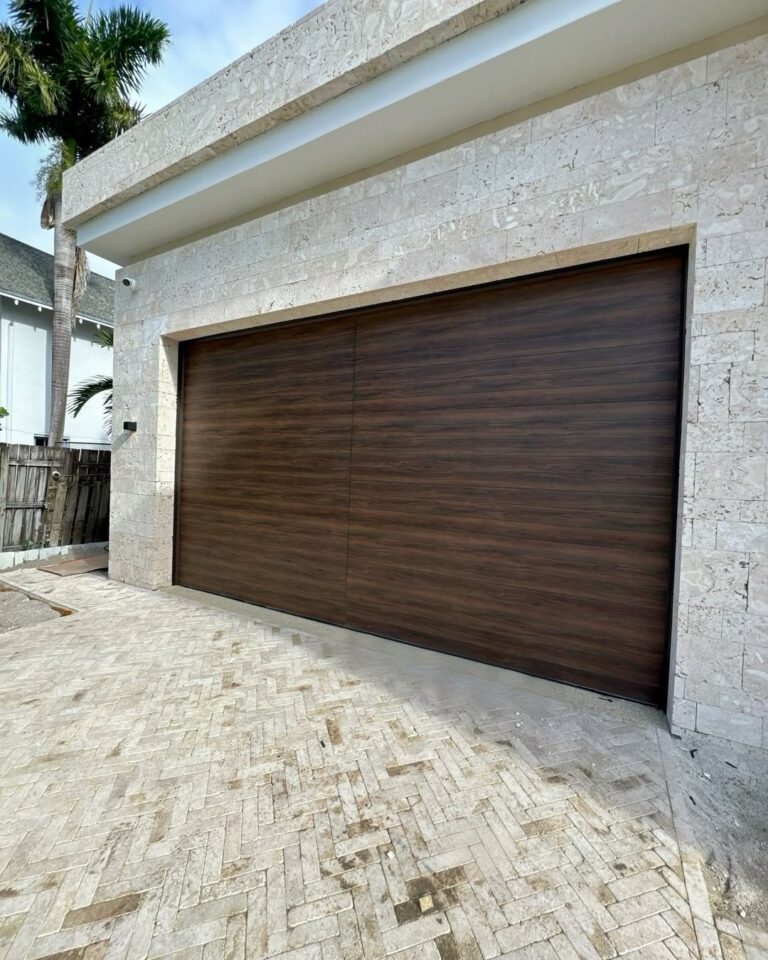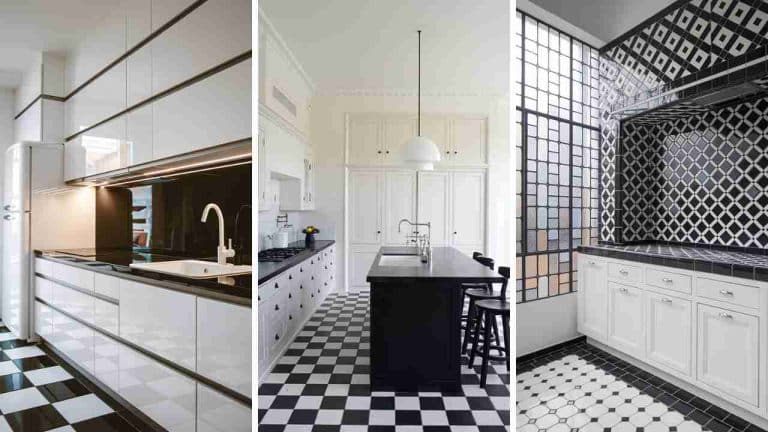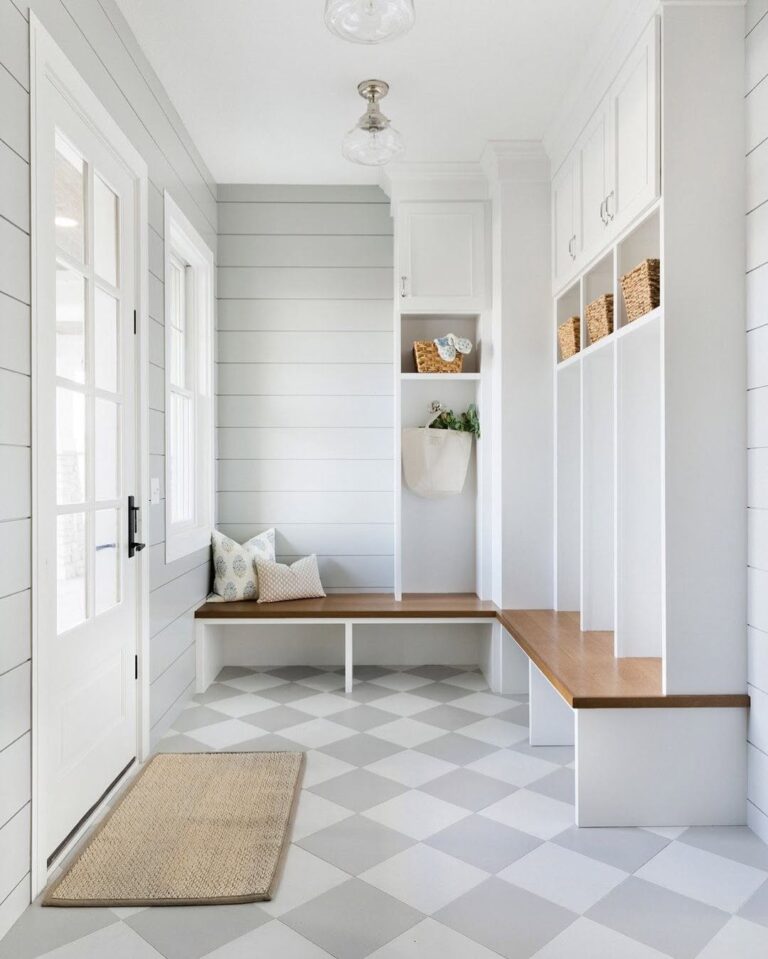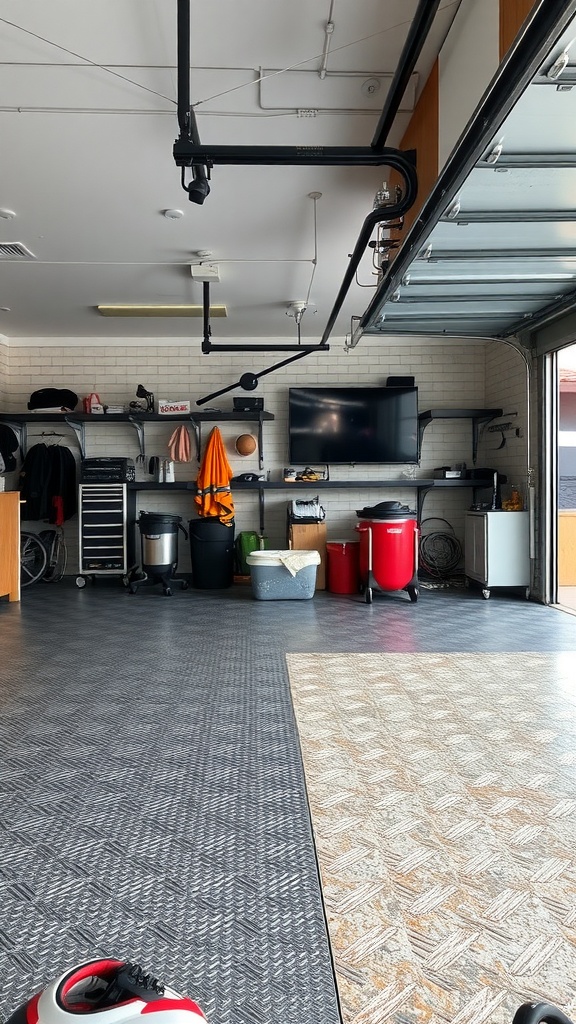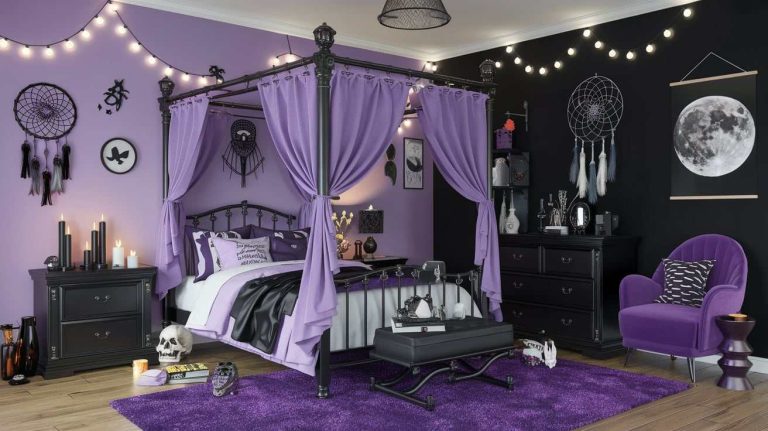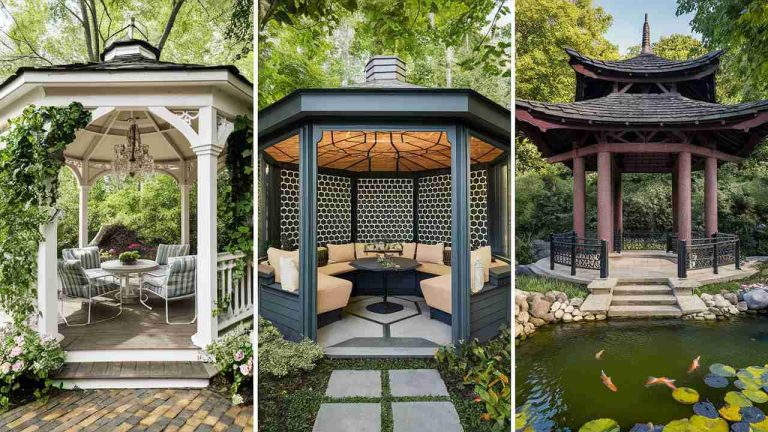39 Mind-Blowing Future Apartment Ideas That Will Change How You Live Forever!
As urbanization continues to rise and technology advances, the concept of apartment living is evolving rapidly. Future apartments are expected to be more innovative, sustainable, and tailored to the needs of modern residents. Here are 11 exciting future apartment ideas that could redefine urban living:
1. Smart Apartments
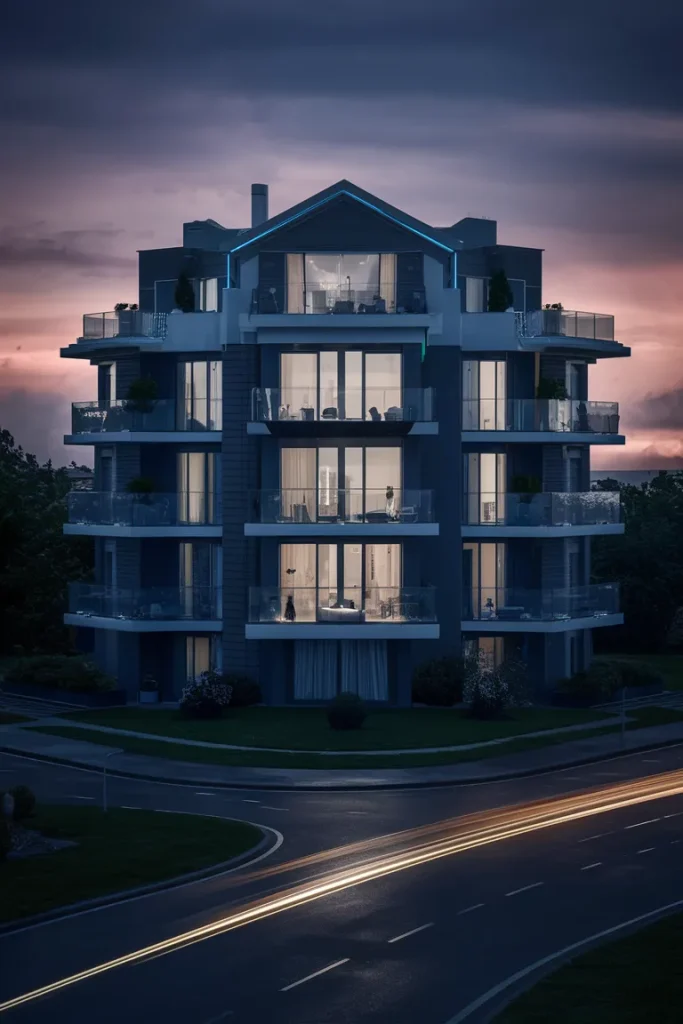
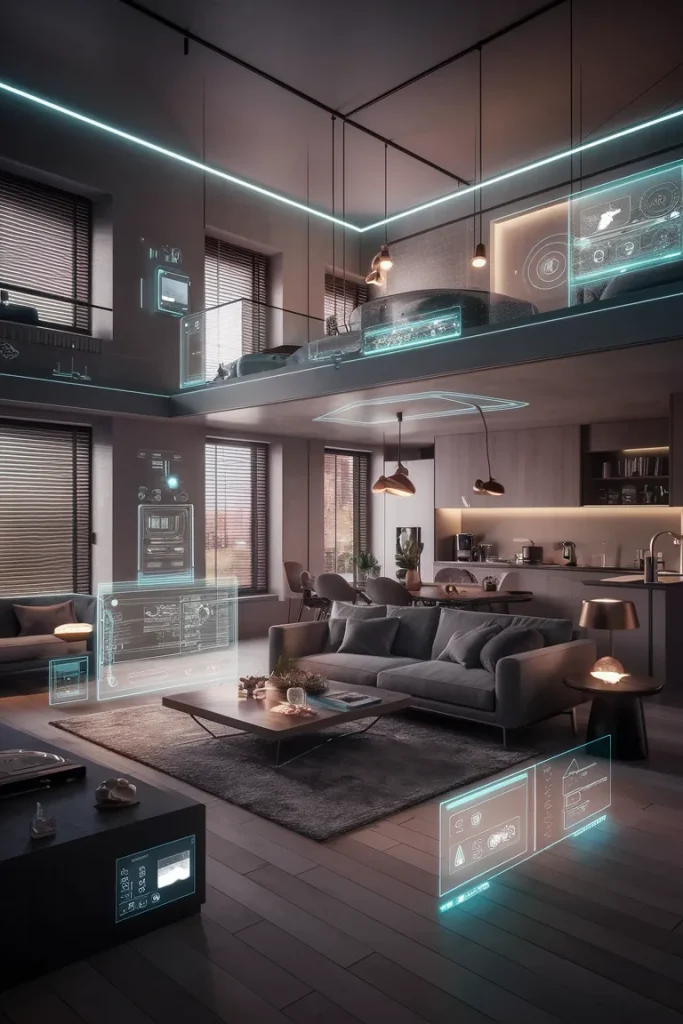
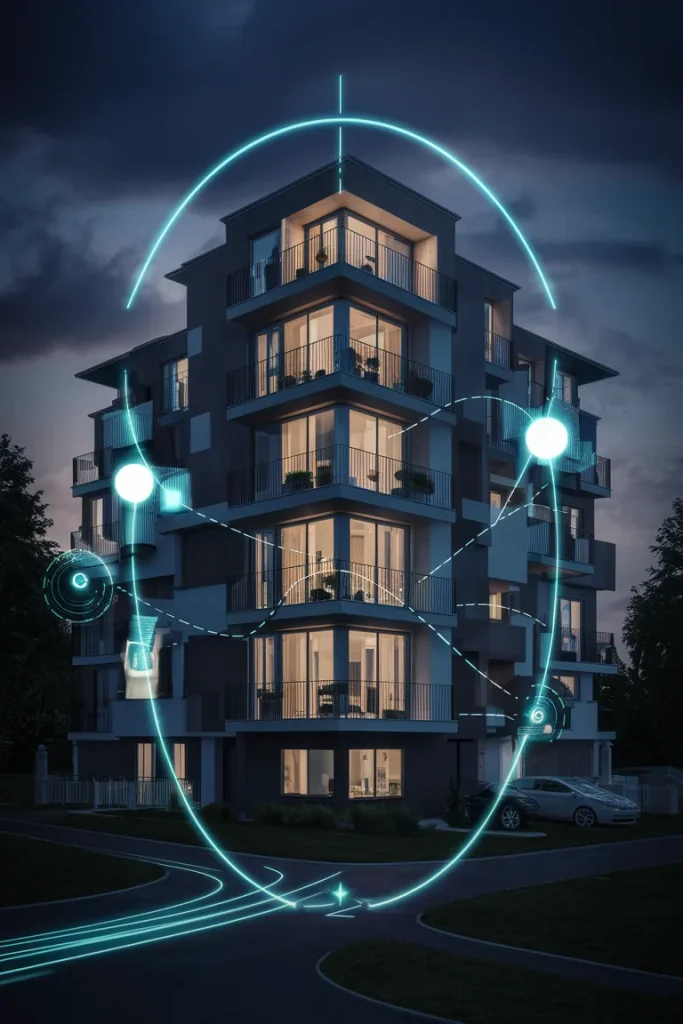
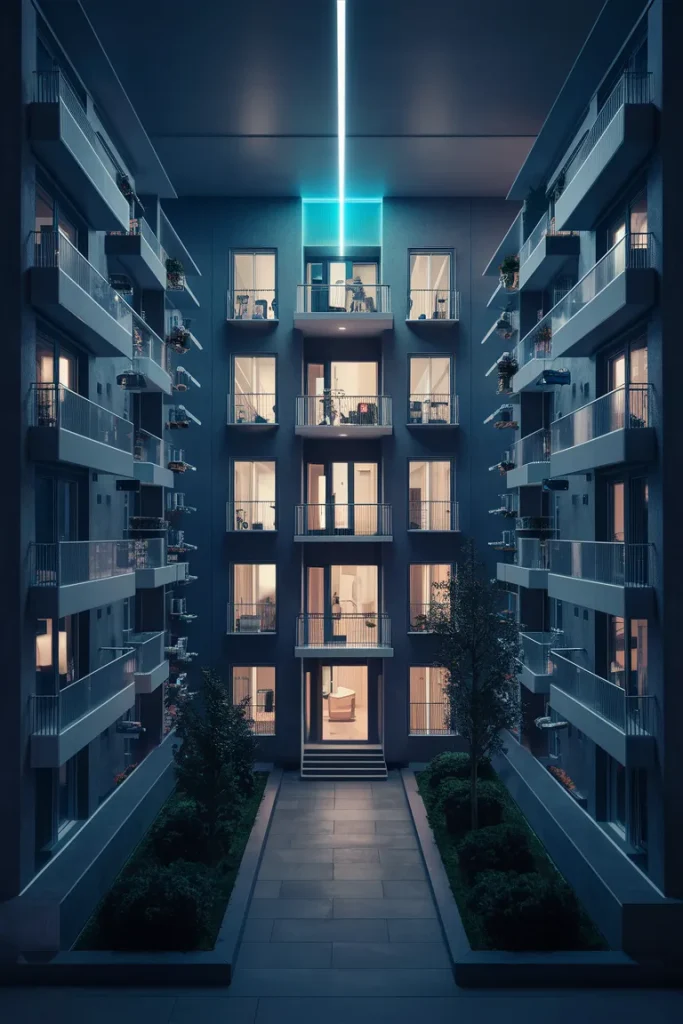
Smart apartments integrate advanced technology to create a seamless living experience. These homes are equipped with IoT devices that allow residents to control lighting, temperature, security systems, and appliances through their smartphones or voice commands.
Imagine waking up to a home that adjusts the thermostat, brews your coffee, and opens the blinds automatically.
2. Eco-Friendly Apartments
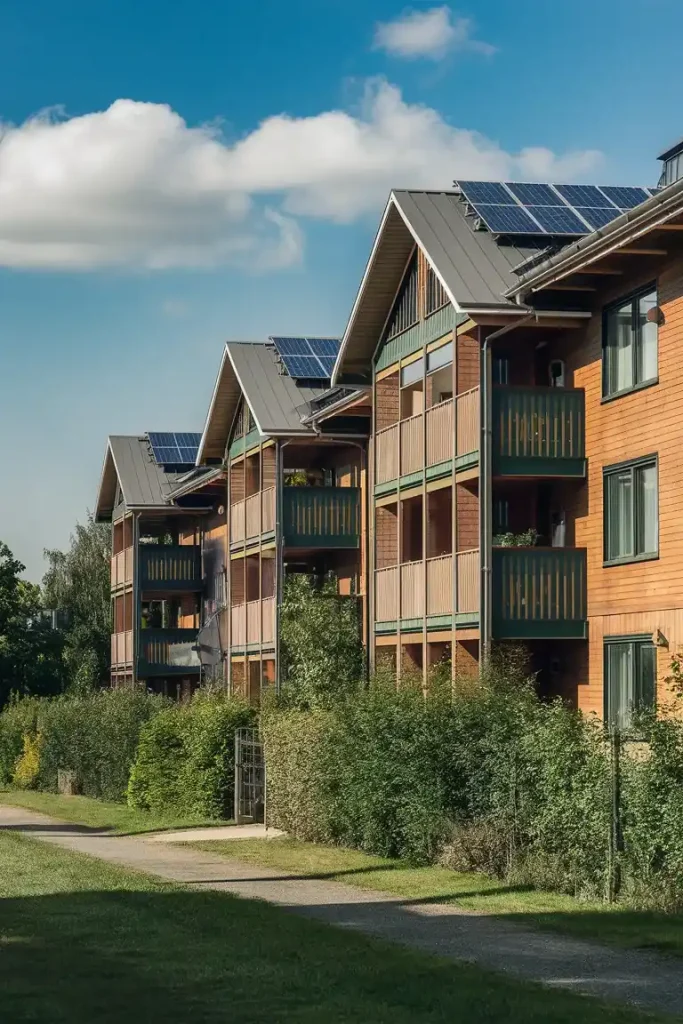
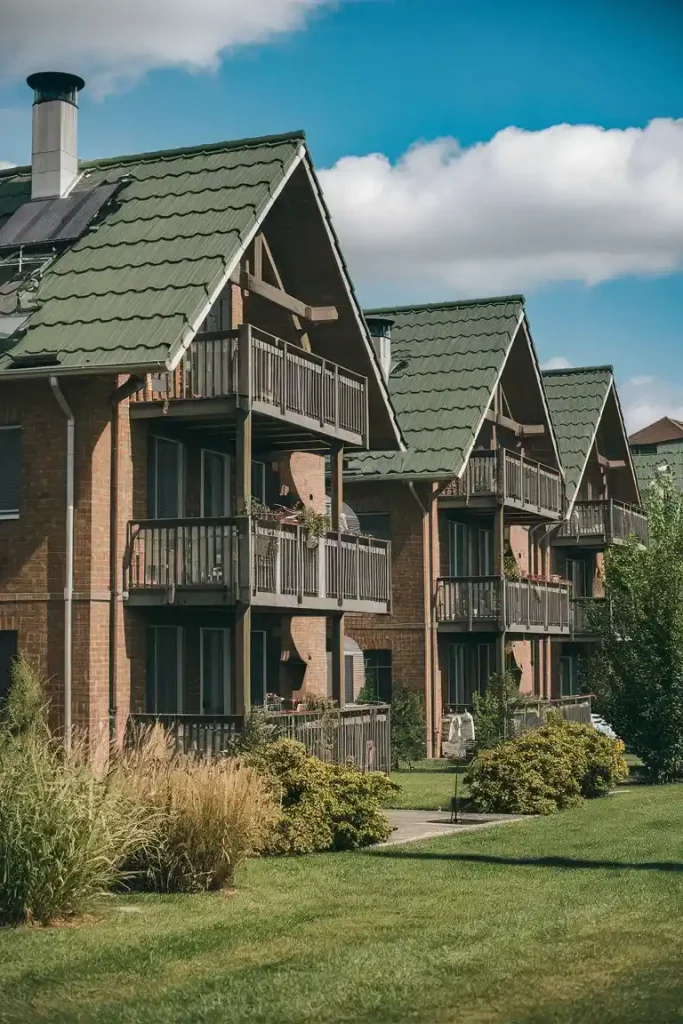
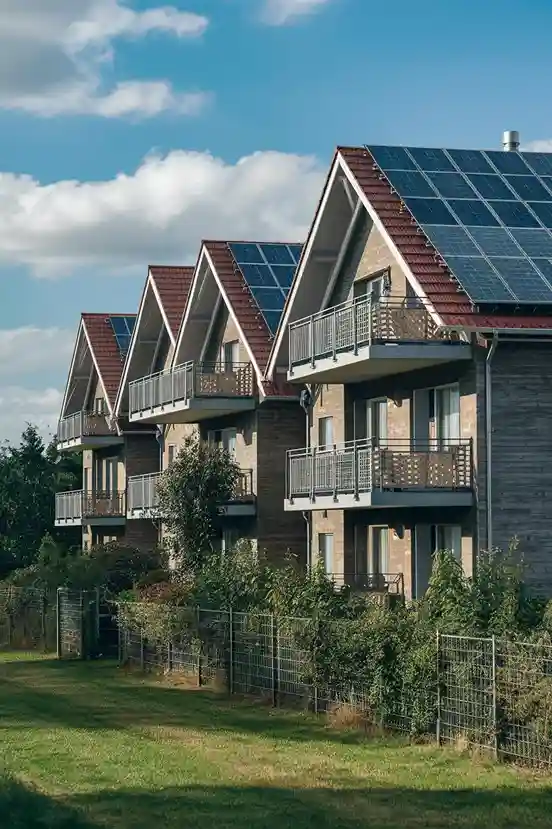
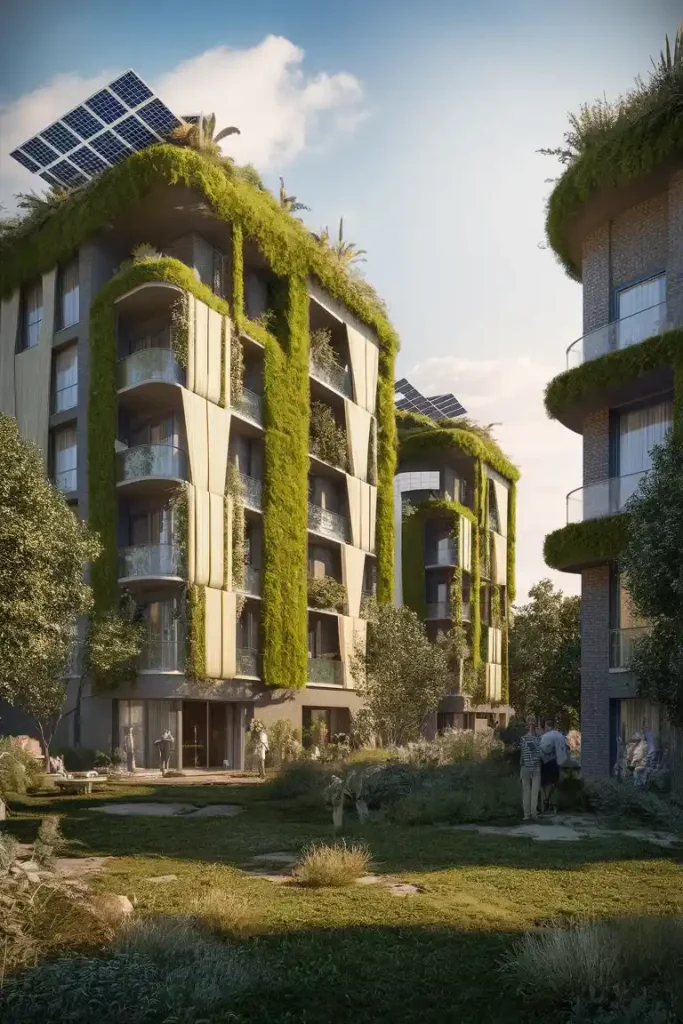
Sustainability is a key focus for future apartments. Eco-friendly apartments are designed with green building materials, energy-efficient appliances, and renewable energy sources like solar panels.
These homes often feature green roofs, rainwater harvesting systems, and waste recycling facilities to minimize their environmental footprint.
3. Modular Apartments
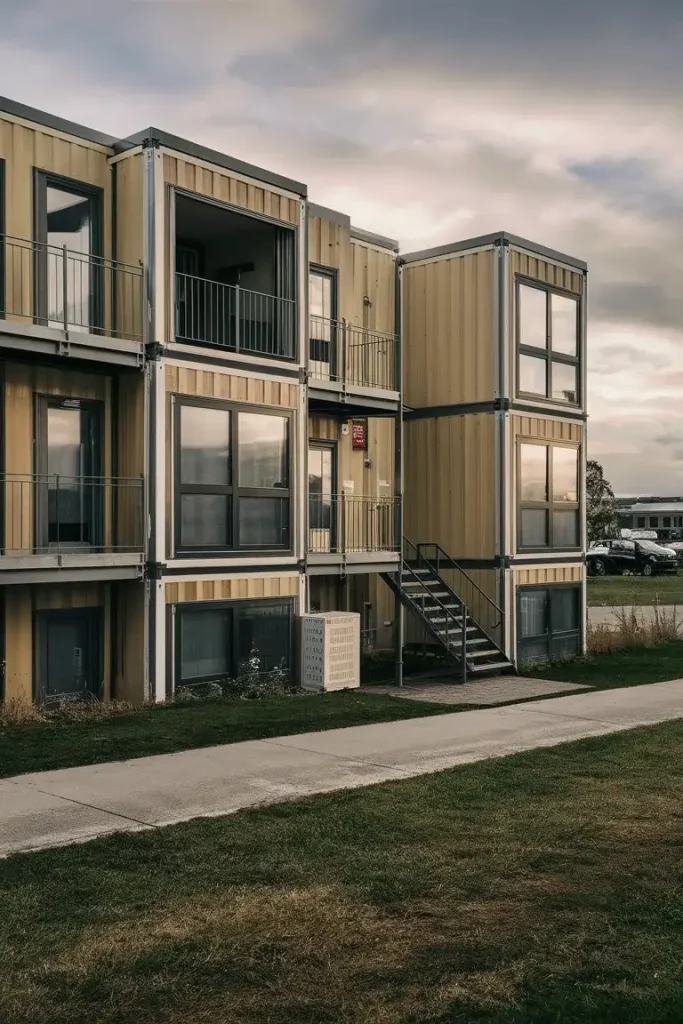

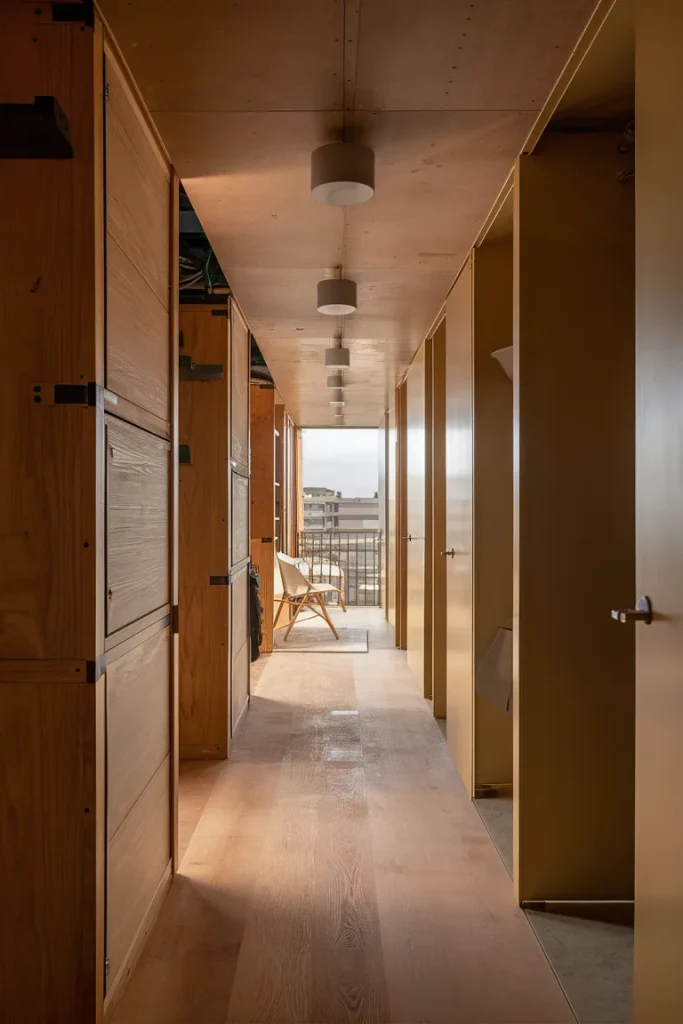
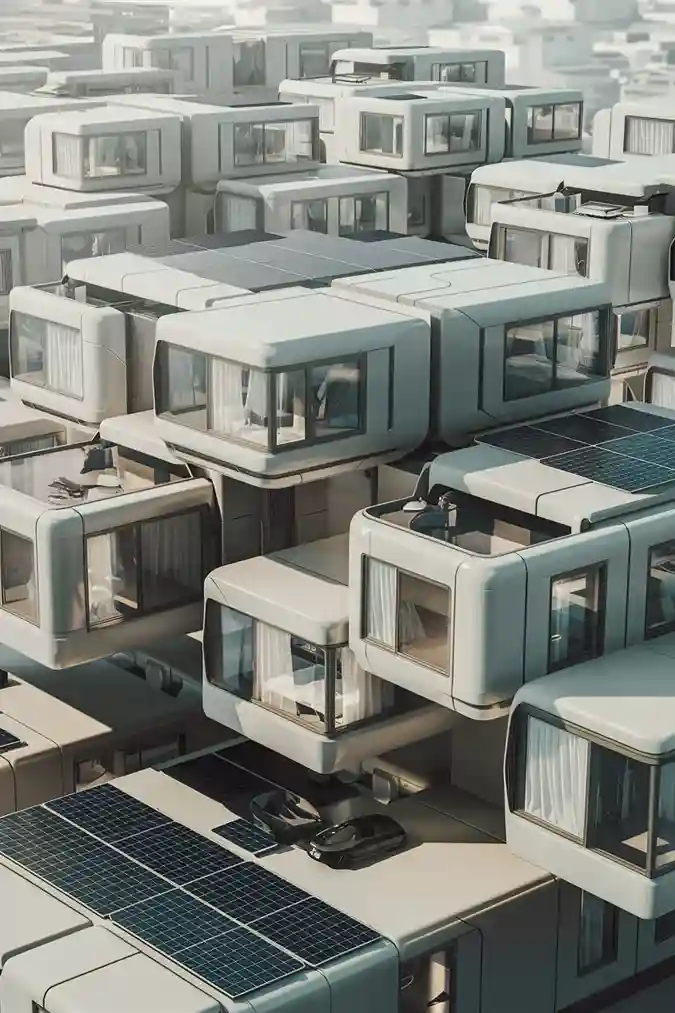
Modular apartments are constructed using prefabricated modules that can be easily assembled and disassembled. This approach allows for faster construction times, reduced costs, and greater flexibility in design.
Modular apartments can be customized to meet the specific needs of residents and can be expanded or reconfigured as needed.
4. Vertical Gardens
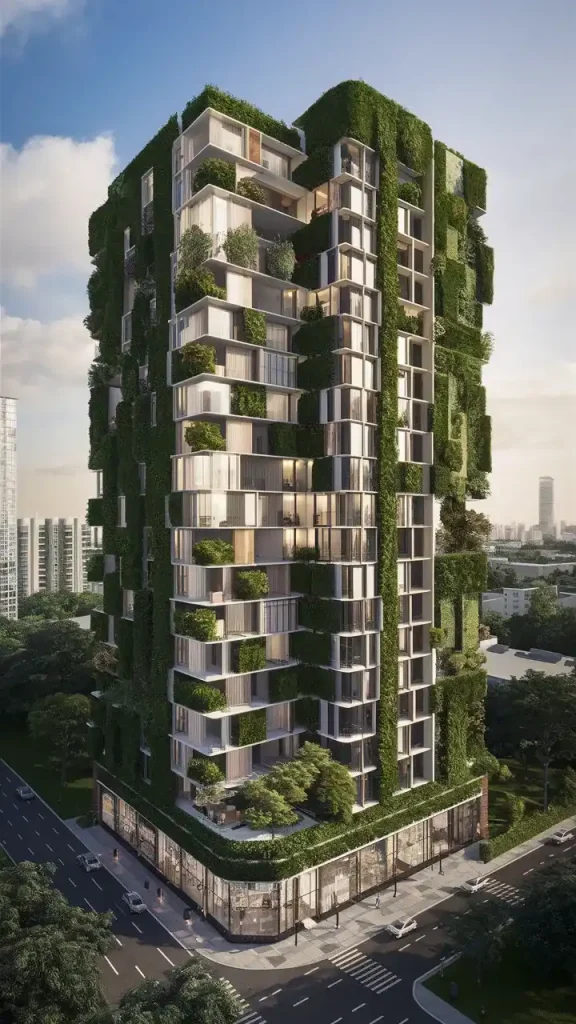
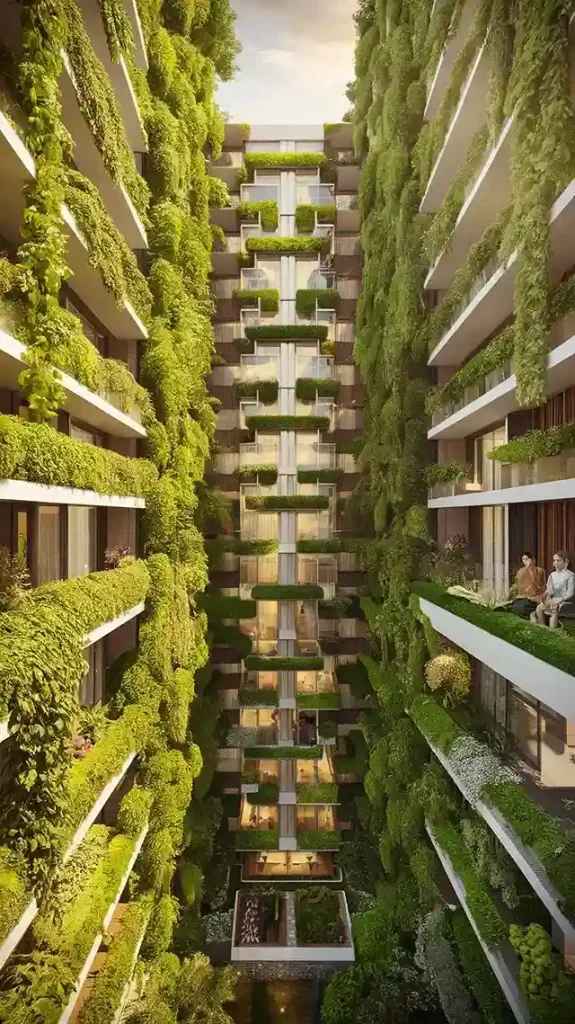
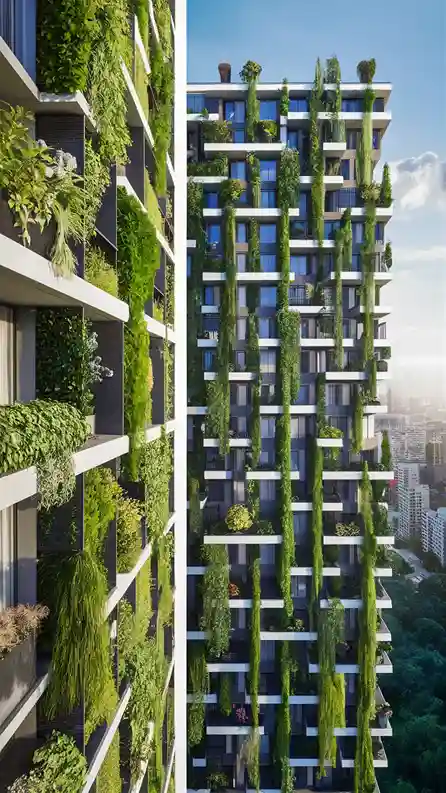
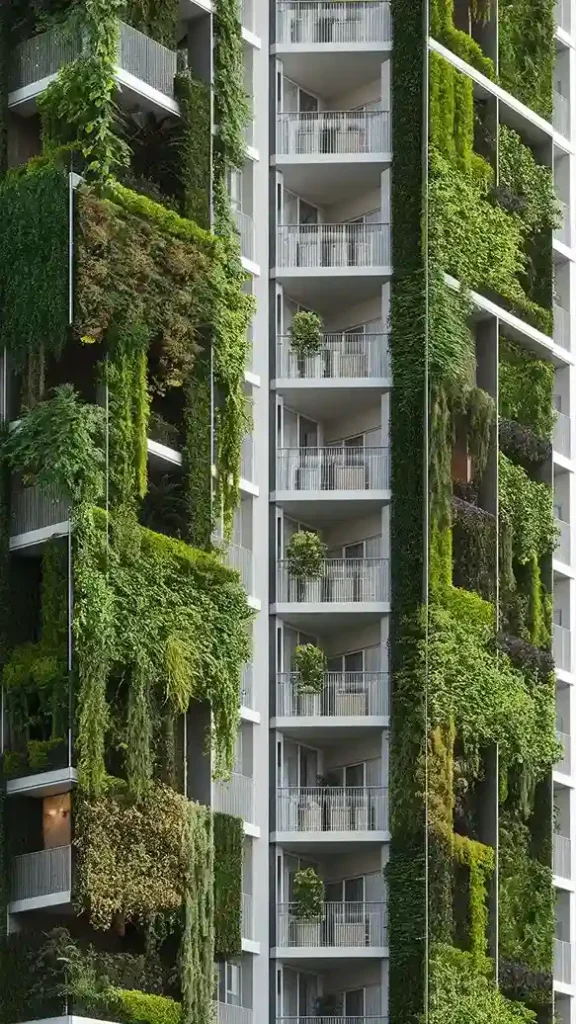
Incorporating nature into urban living, vertical gardens are a popular feature in future apartments. These gardens can be integrated into the building’s facade or interior walls, providing residents with fresh air, natural beauty, and even homegrown produce.
Vertical gardens also help to insulate the building and reduce energy consumption.
5. Co-Living Spaces
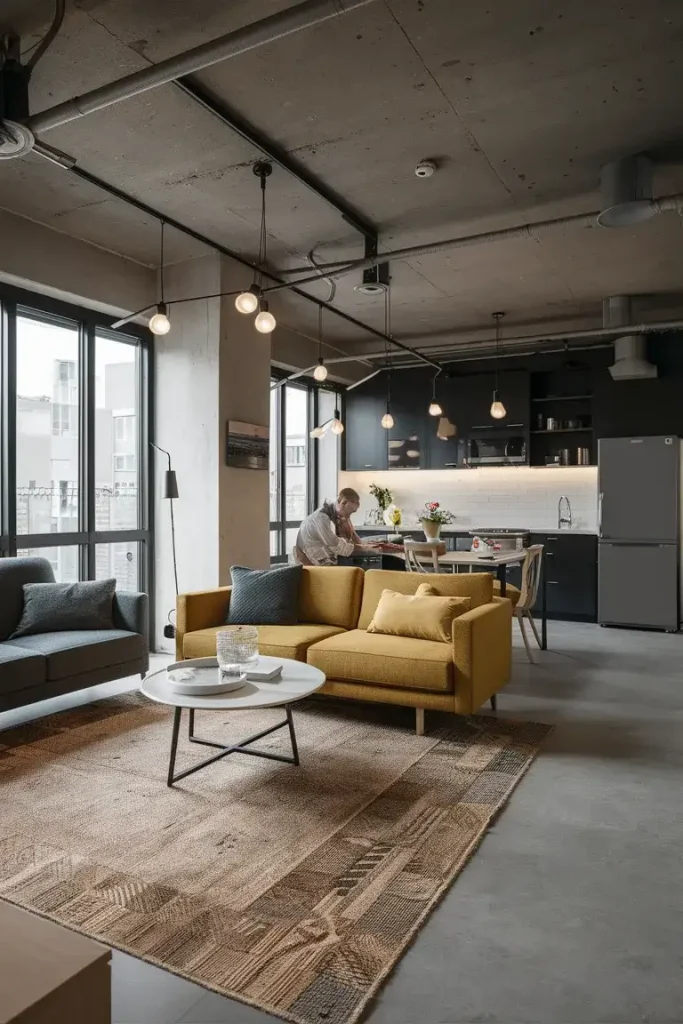
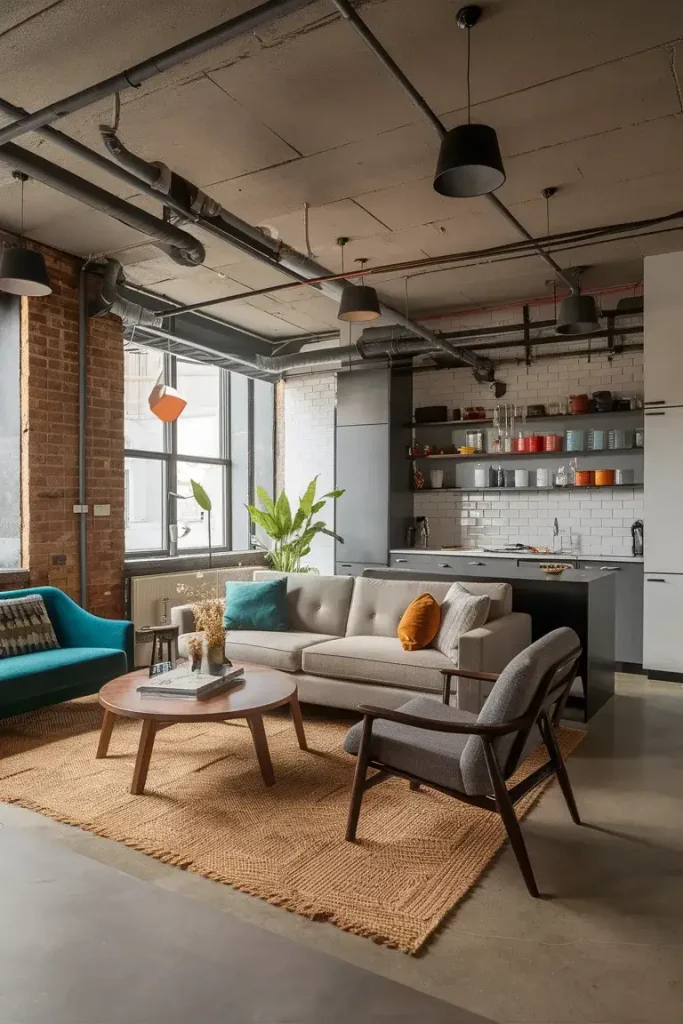
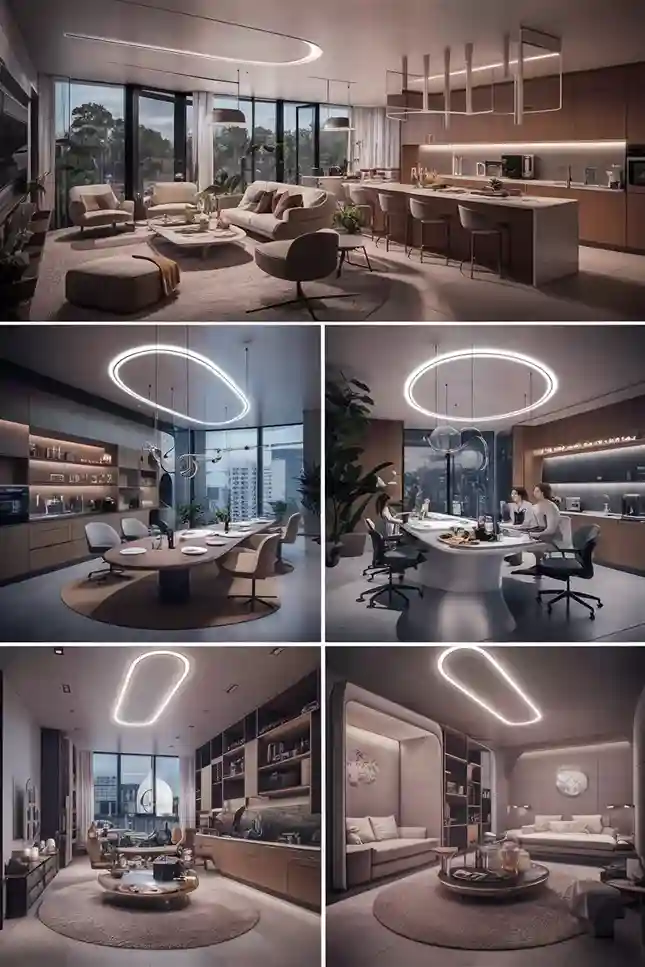
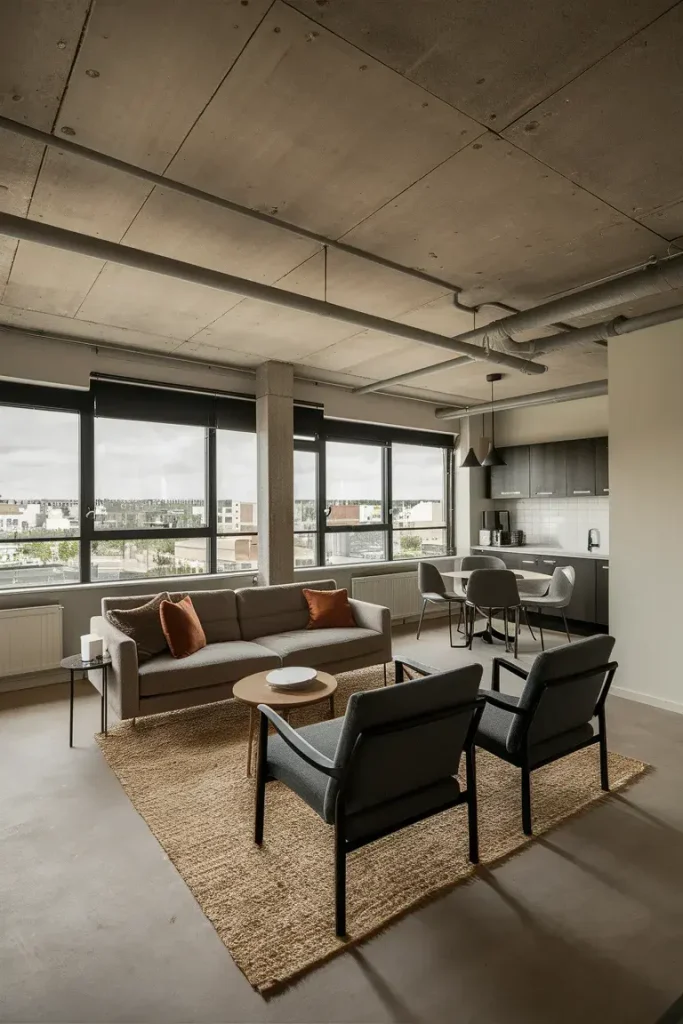
Co-living spaces are designed to foster community and collaboration among residents. These apartments feature shared living areas, kitchens, and workspaces, while providing private bedrooms and bathrooms.
Co-living spaces are ideal for young professionals, digital nomads, and anyone looking to build connections in a vibrant, communal environment.
6. Adaptive Reuse Apartments
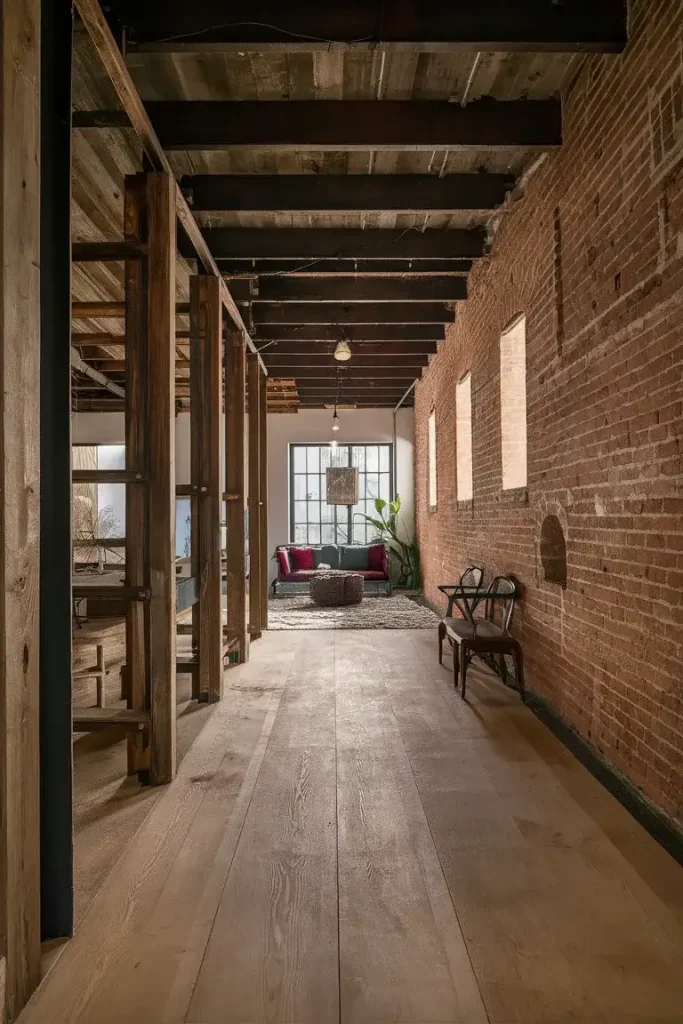
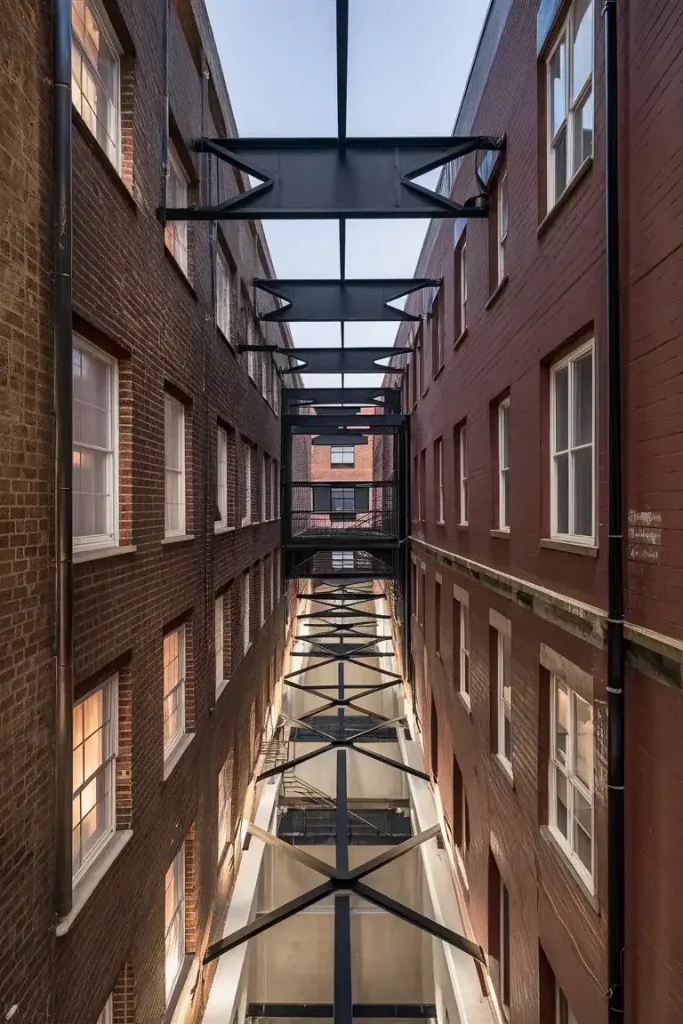
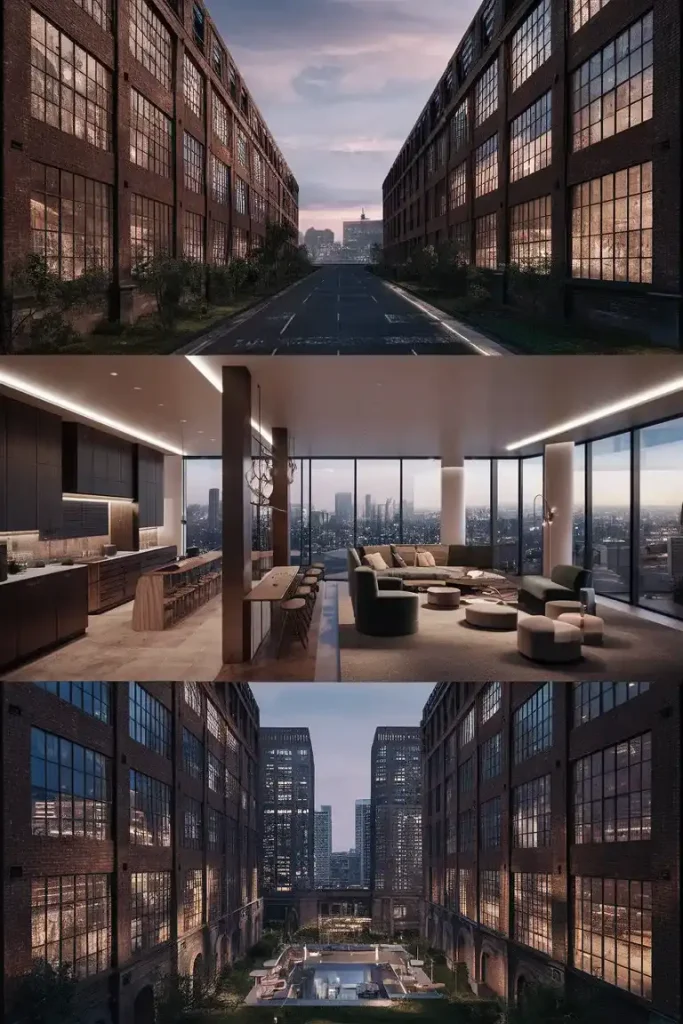
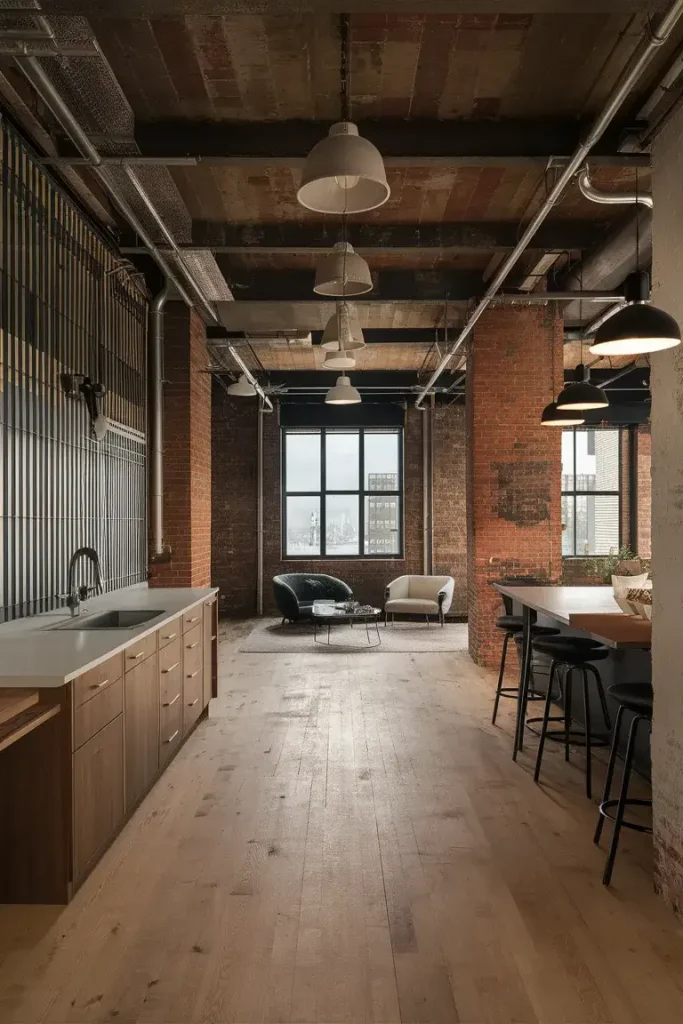
Adaptive reuse apartments repurpose existing buildings, such as warehouses, factories, or office spaces, into modern living spaces. This approach preserves the historical and architectural significance of the original structure while providing unique and character-filled homes.
Adaptive reuse is also a sustainable option, reducing the need for new construction.
7. Micro-Apartments
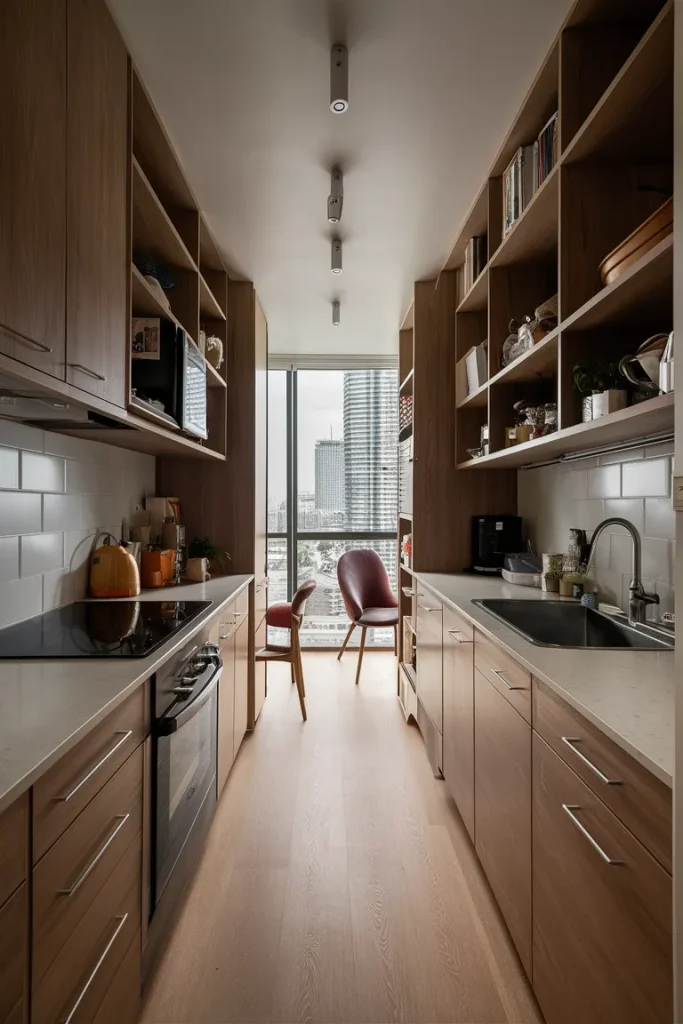
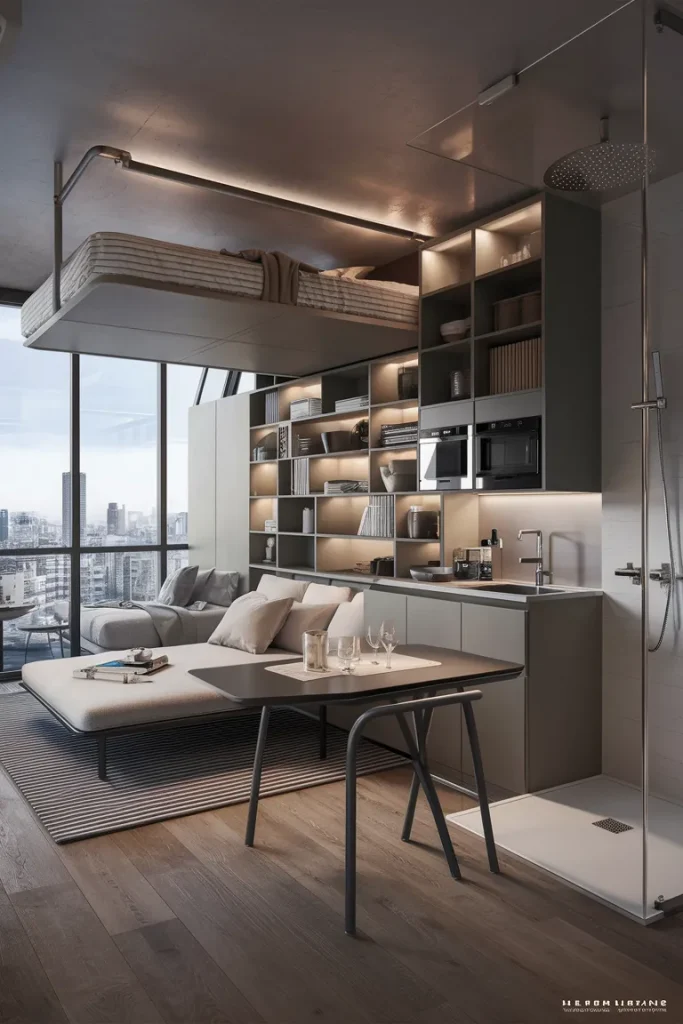
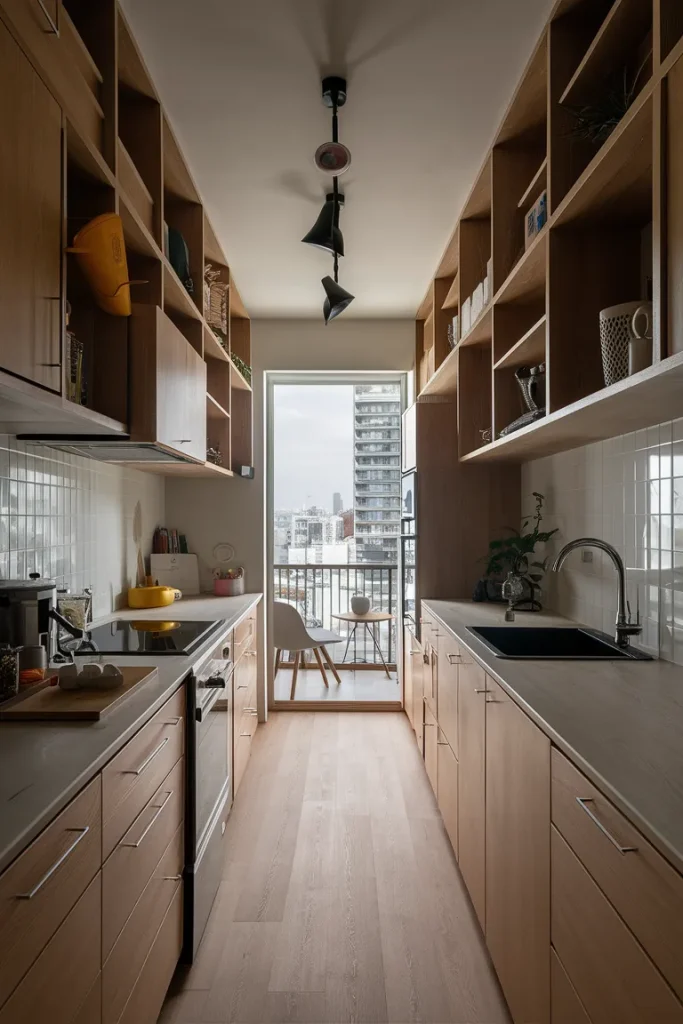
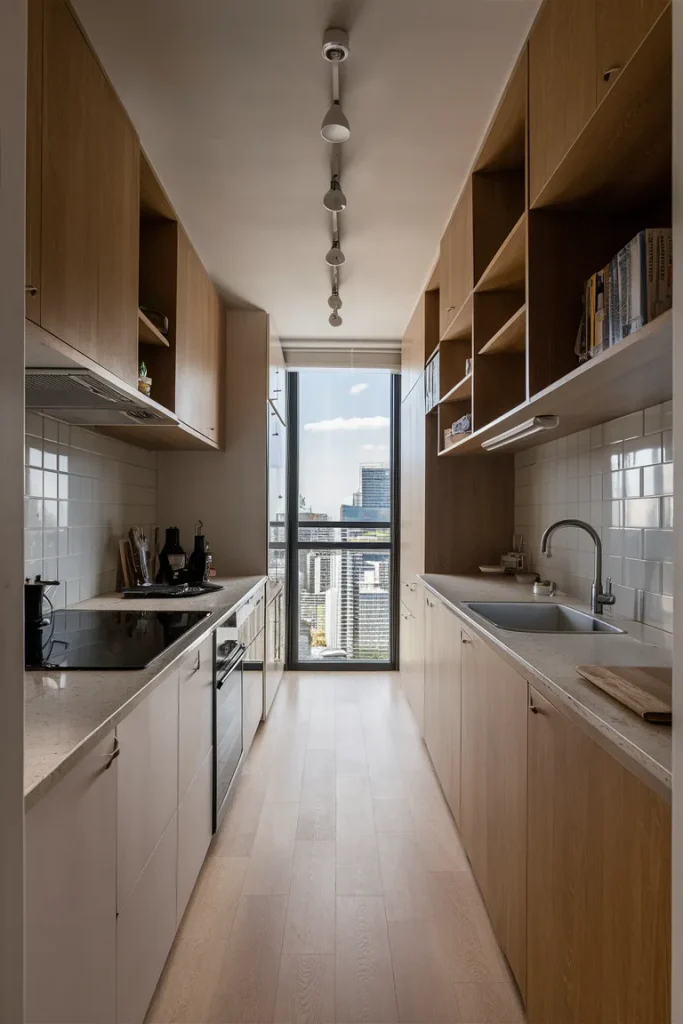
As urban spaces become more limited, micro-apartments offer a compact and efficient living solution. These small but well-designed units maximize space through multifunctional furniture, clever storage solutions, and open floor plans.
Micro-apartments are perfect for single residents or couples who prioritize location and affordability over size.
8. Wellness Apartments
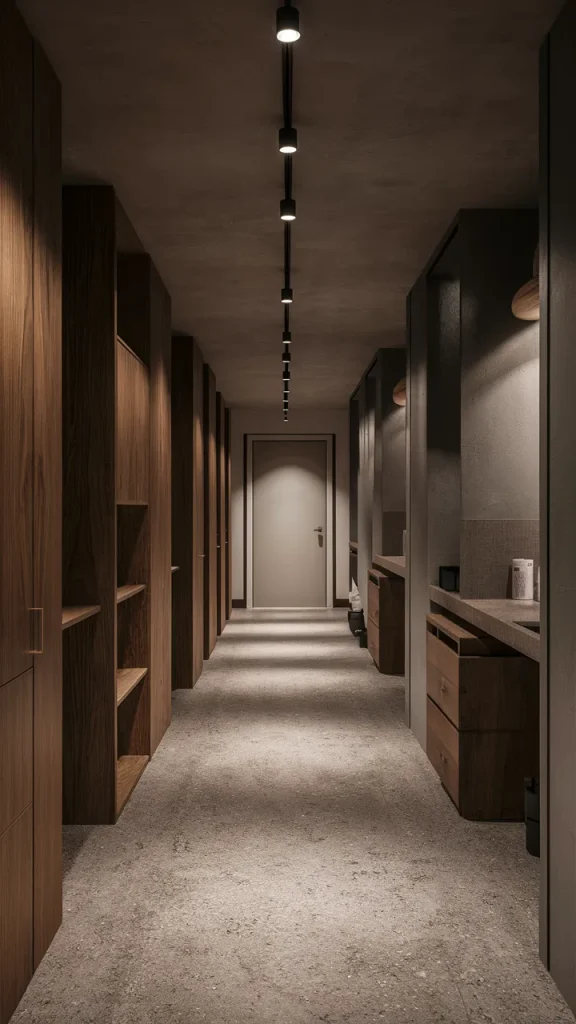
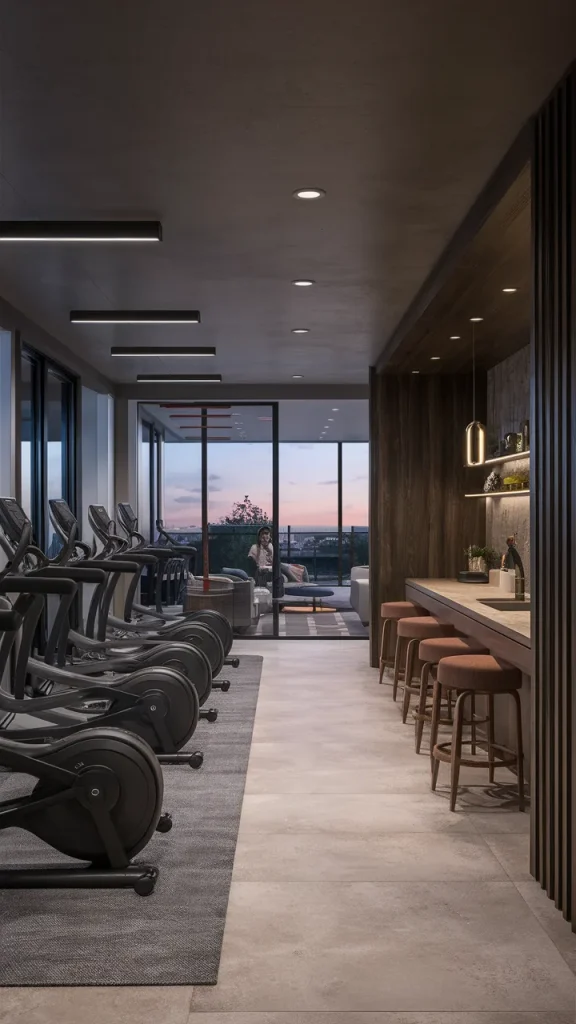
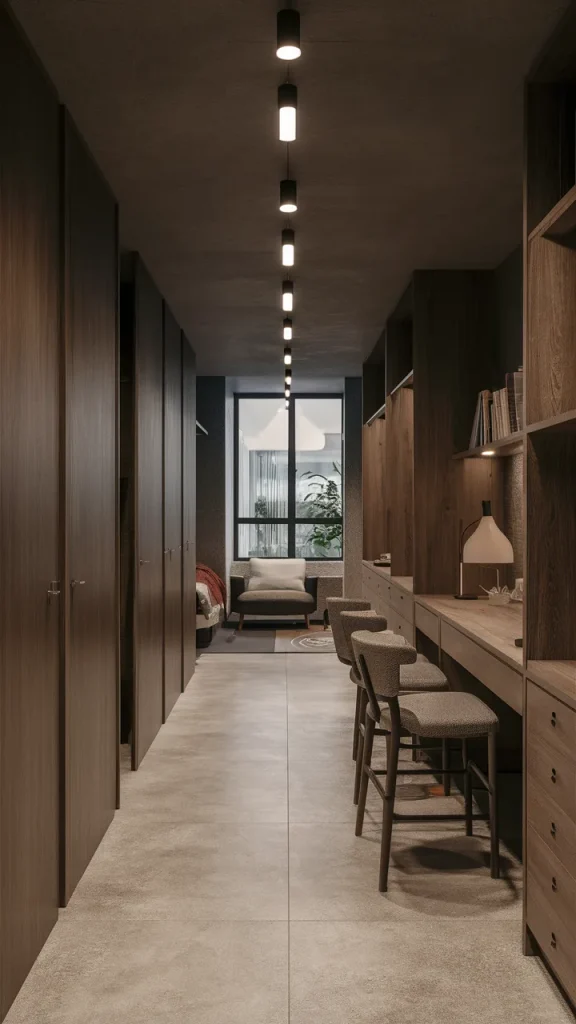
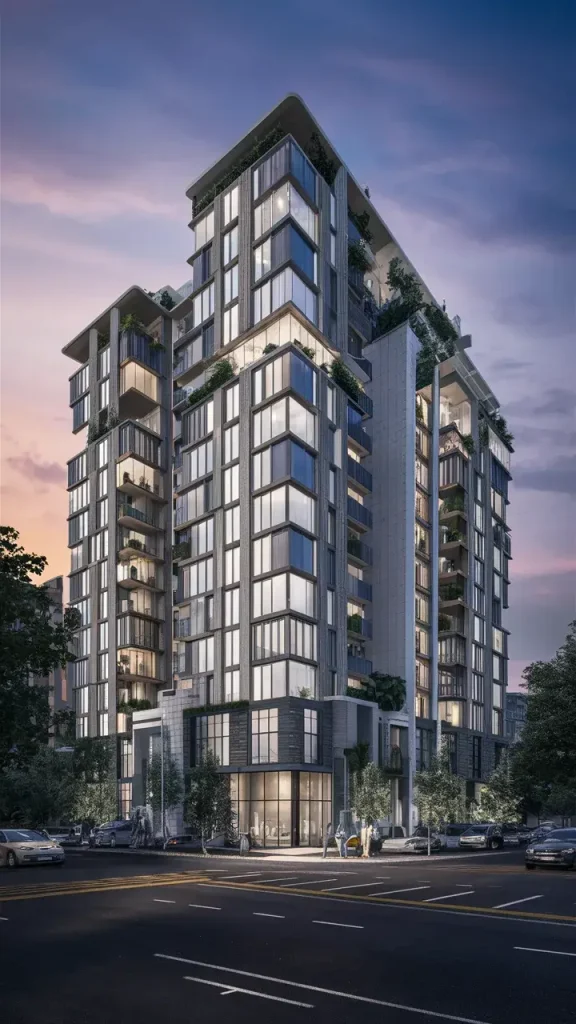
Wellness apartments prioritize the health and well-being of residents. These homes are designed with features like air purification systems, circadian lighting, and noise reduction materials.
Wellness apartments may also include access to fitness centers, meditation rooms, and outdoor spaces to promote a balanced and healthy lifestyle.
9. Autonomous Apartments
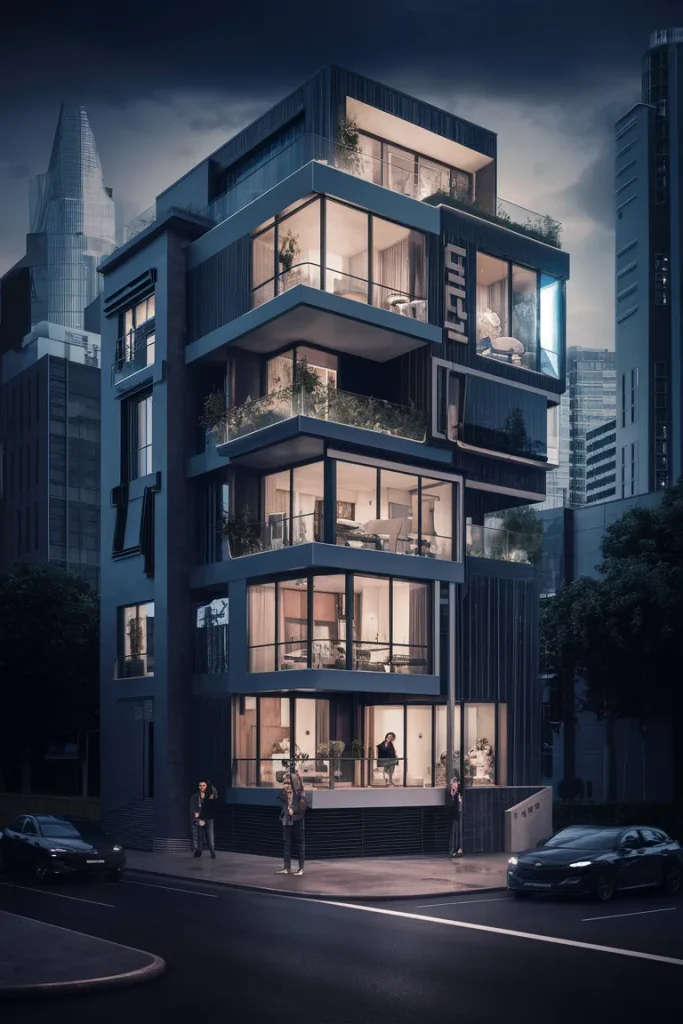
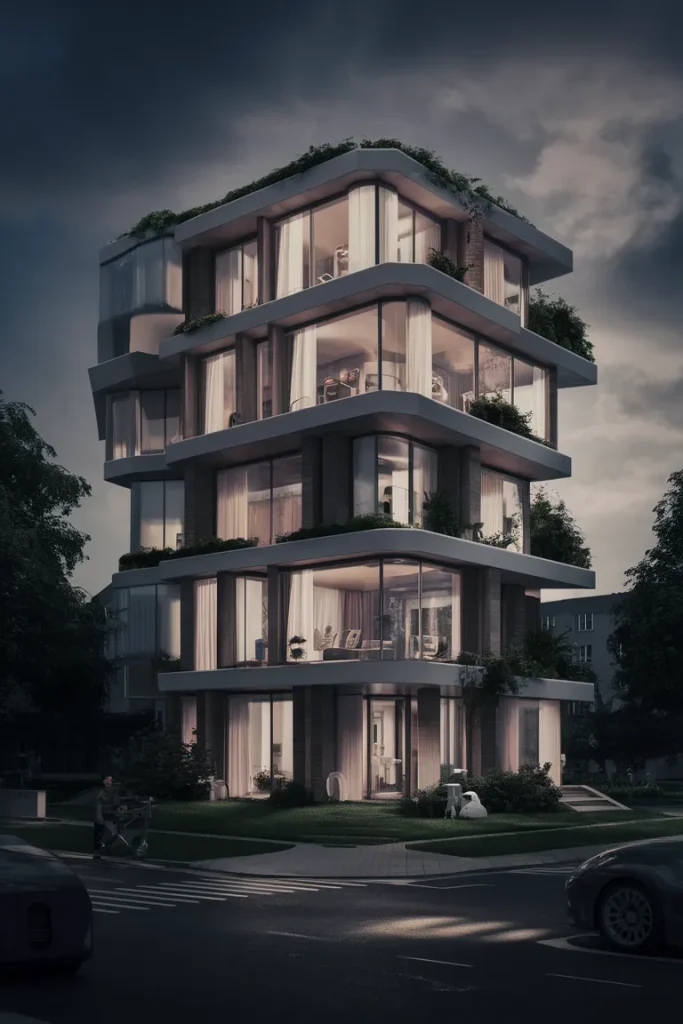
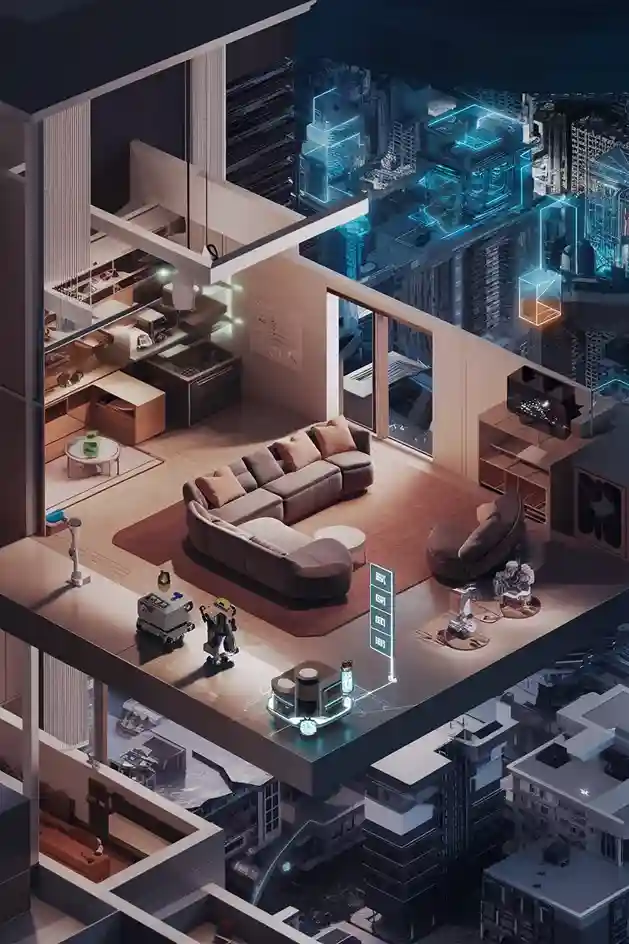
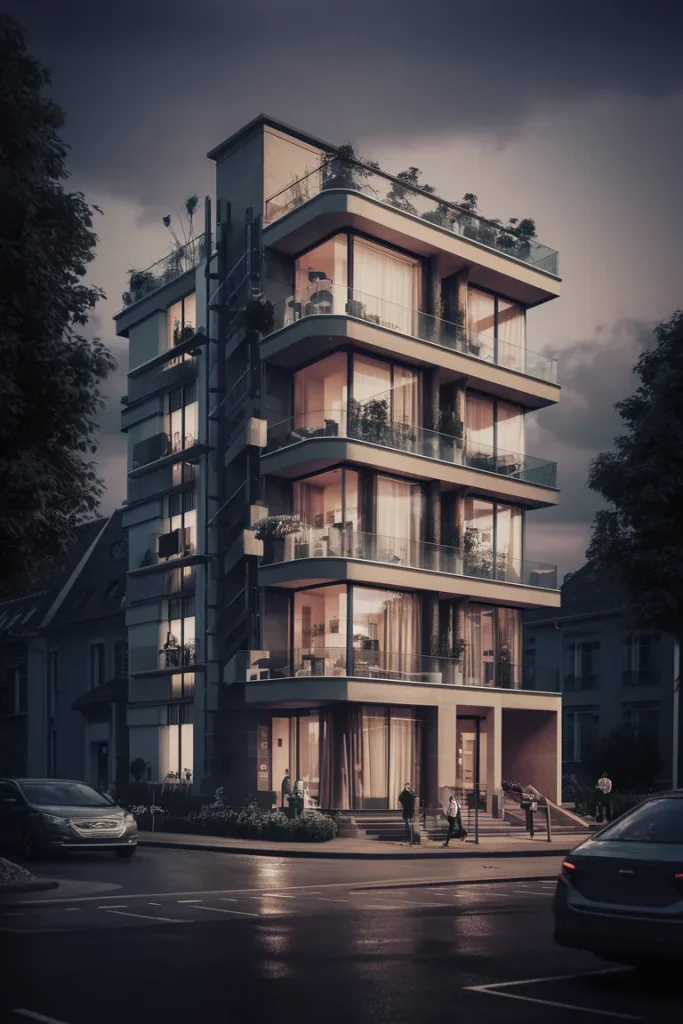
Autonomous apartments leverage robotics and automation to enhance convenience and efficiency. These homes may include robotic furniture that can transform rooms at the touch of a button, automated cleaning systems, and delivery robots that bring groceries and packages directly to your door.
Autonomous apartments are designed to make daily life easier and more enjoyable.
10. Mixed-Use Developments
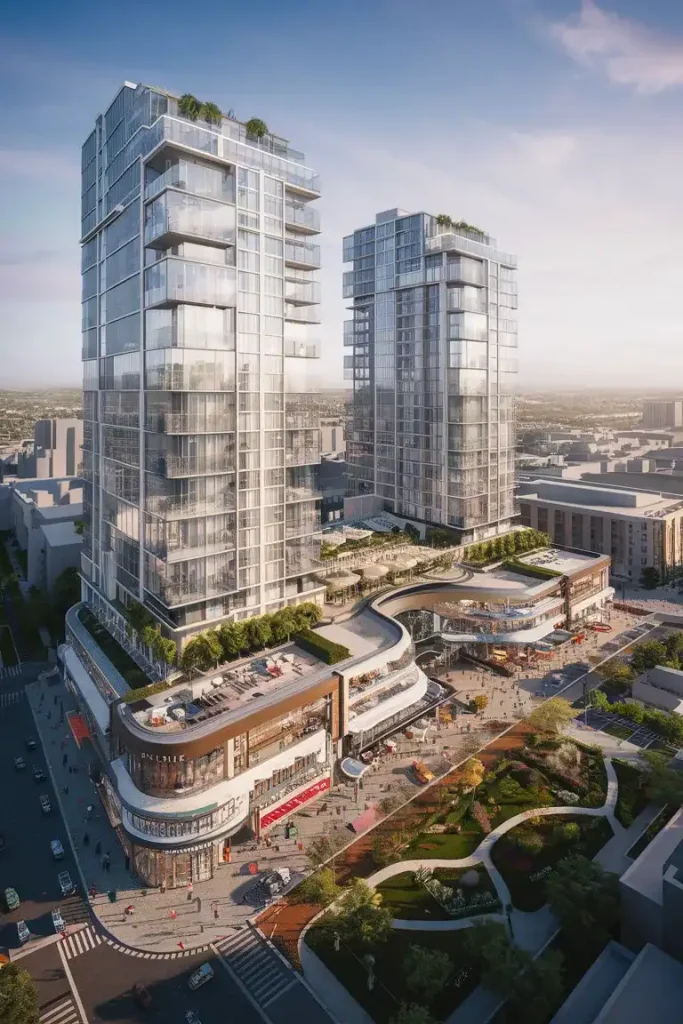

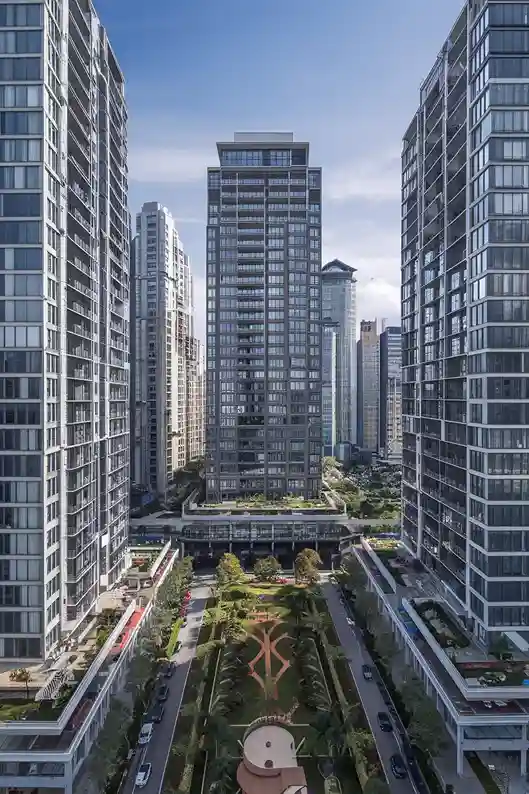
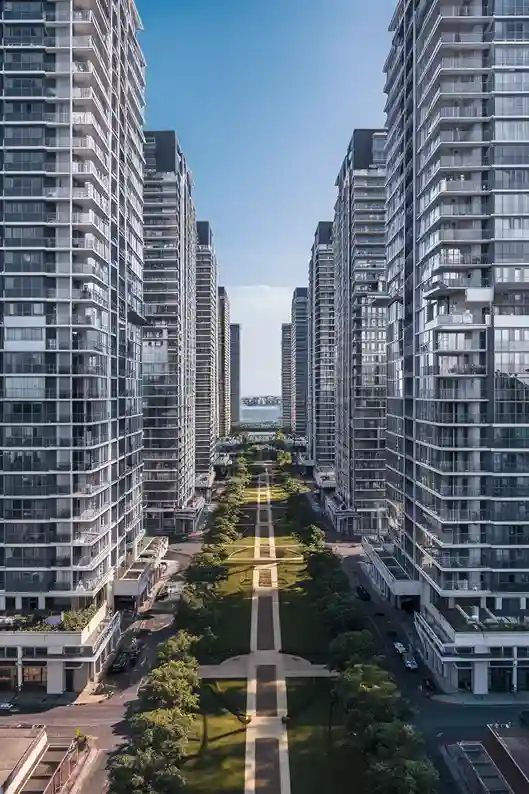
Mixed-use developments combine residential, commercial, and recreational spaces within a single complex. These developments create vibrant, self-sufficient communities where residents can live, work, and play without needing to travel far.
Mixed-use developments often include amenities like shops, restaurants, parks, and cultural centers.
11. Floating Apartments
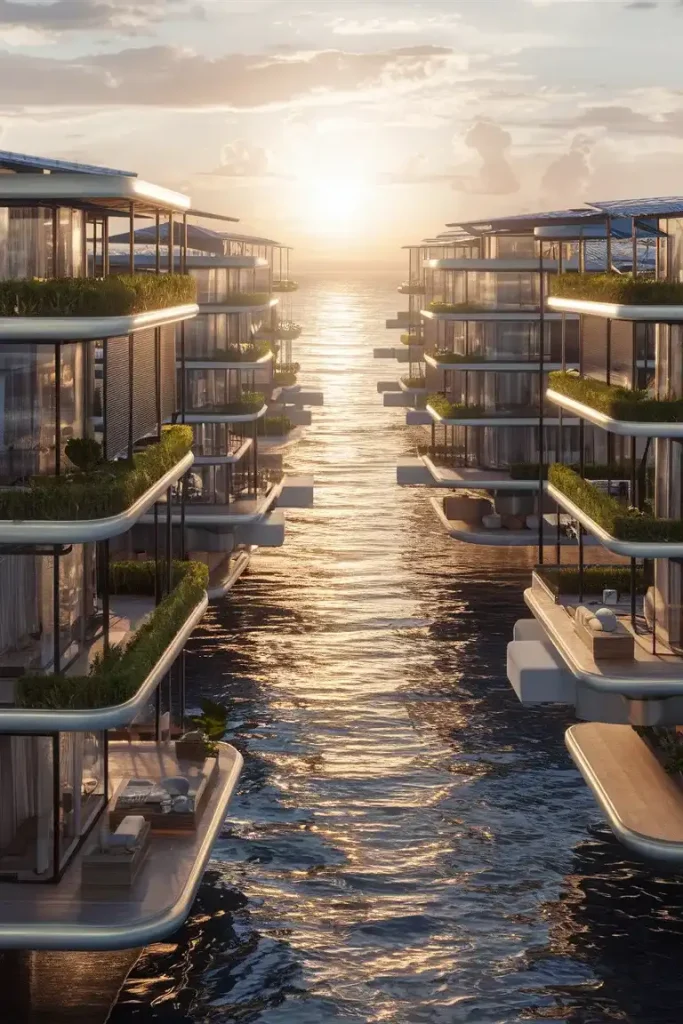
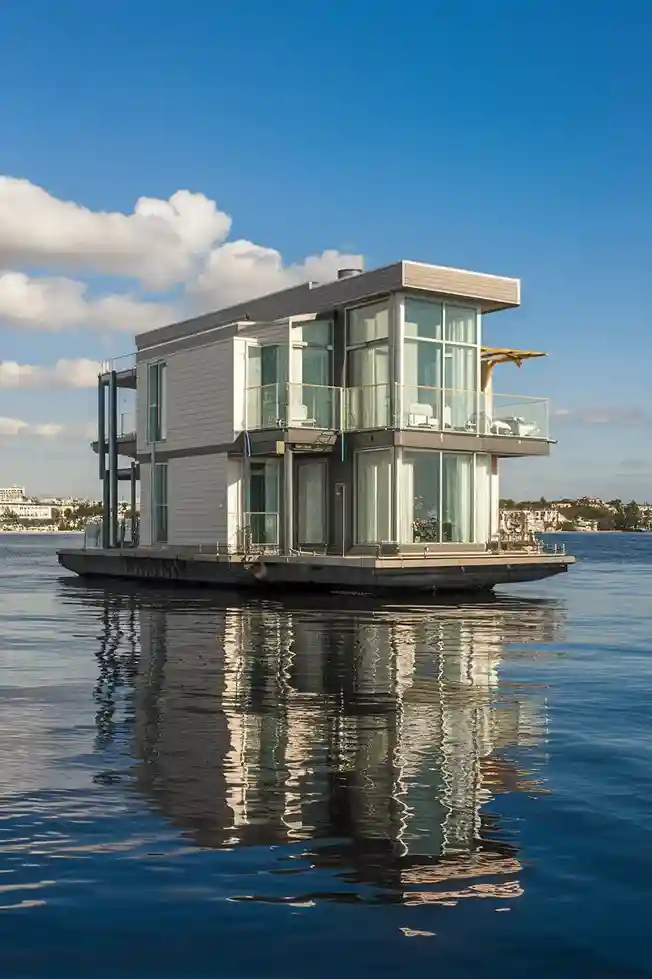
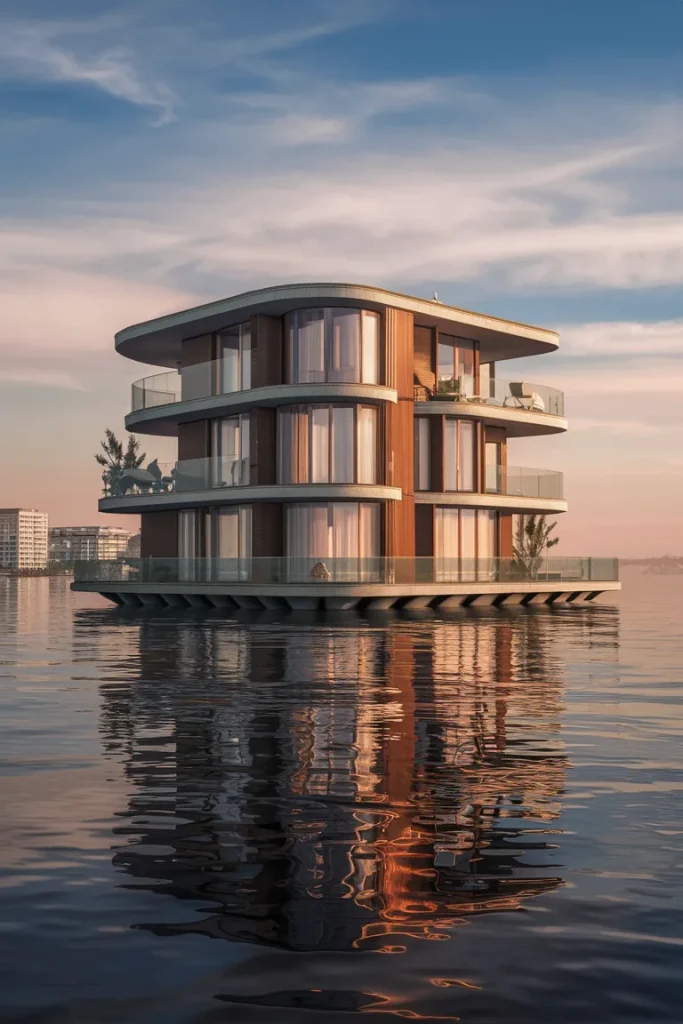
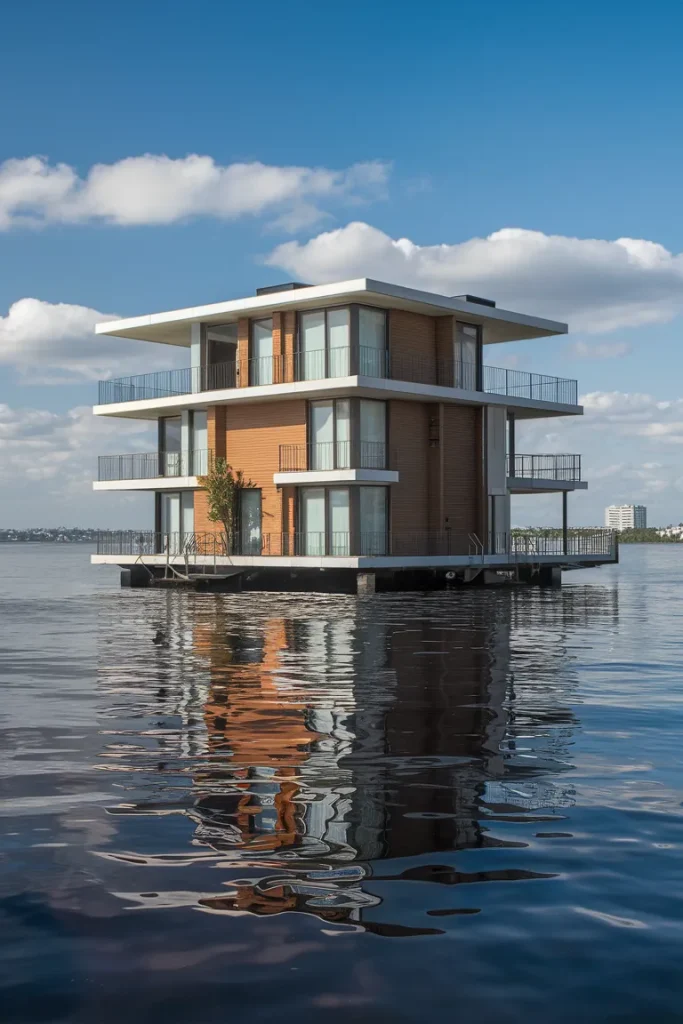
As coastal cities face rising sea levels, floating apartments offer a futuristic solution. These homes are built on floating platforms that can rise and fall with the water levels.
Floating apartments provide a unique living experience with stunning waterfront views and a close connection to nature. They are also designed to be resilient to climate change and natural disasters.
Conclusion
The future of apartment living is bright, with innovative designs and technologies transforming how we live in urban environments. From smart and eco-friendly homes to modular and floating apartments, these ideas promise to create more sustainable, efficient, and enjoyable living spaces for residents.
As these concepts become reality, they will undoubtedly shape the cities of tomorrow.

